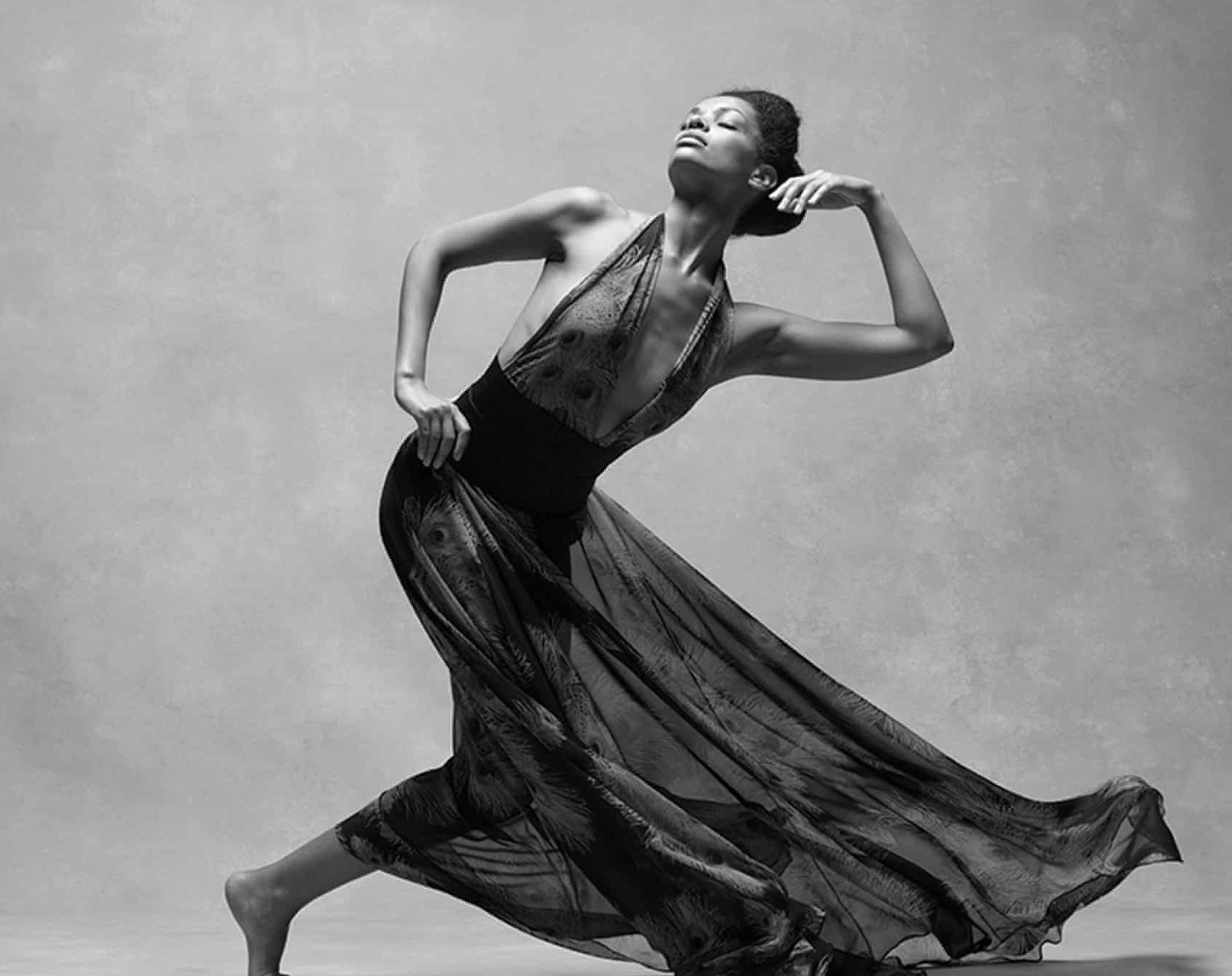
Capturing the Magic of the ‘Dancer Aesthetic’: How to Photograph a Dancer
From a dancer’s perspective, eight tips to guide the photographer and visual artist toward the aesthetic of the dancer
Dancers require something a bit more intimate to capture their essence on camera. This thing I cannot say definitely, but the closest word that fits is a feeling. Dancers are not models, per se, but they understand their bodies like them. While models are great at creating a purely visual aesthetic, showcasing a beauty ideal and even fantasy, and advertising products; dancers’ sole use of their bodies come down to telling stories and using the art form to express oneself.
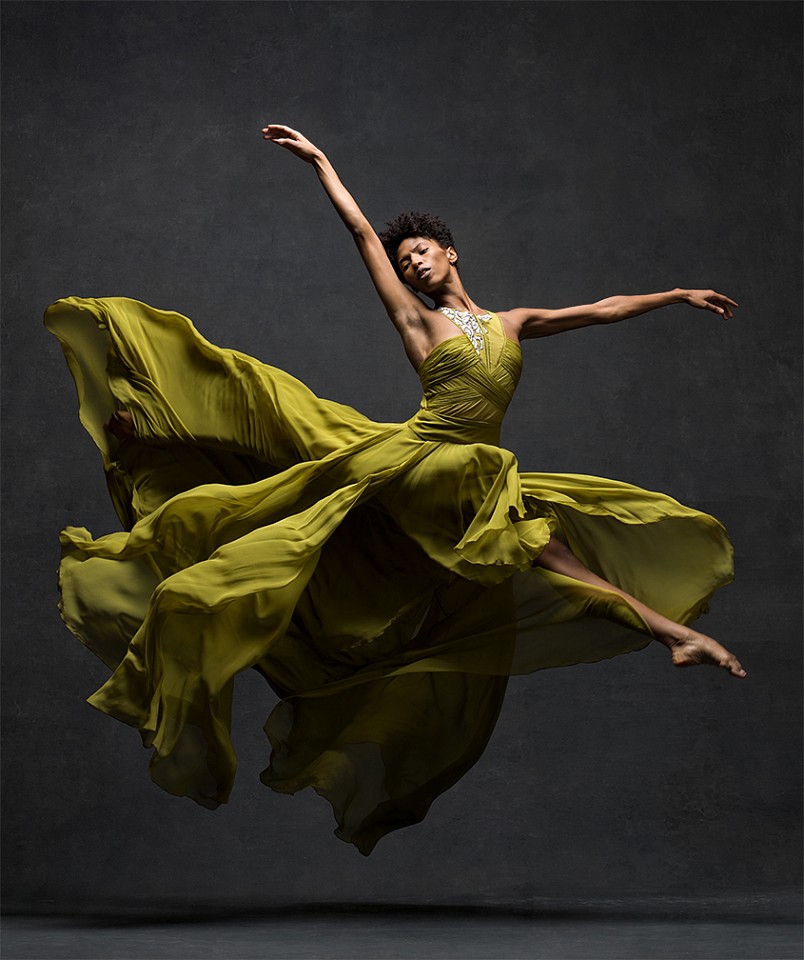
The body becomes an instrument that lends the tools for this intimate type of expression. This expression can therefore become an aesthetic attributed to dance alone, aesthetics some models wouldn’t bother themselves with. Consider this small fact as you dive into this knowledge: story and certain dancer-specific technique(s) – i.e. the dancer’s ability to use their instrument (their body) – is more important than the visual aesthetic of the person alone.
Dancers, regardless of the genre, portray grace, power, rhythm, and strength. In that regard, dance – and therefore its aesthetic – has its own type of ideals. Ideals of emotional expression, the story being conveyed, the physique and technical prowess of the dancer; all of these factors matter.
Whether for an artistic project surrounding dance, or full body dance headshots, these are some tips that can open up the world to the aesthetic rules of dance. This is not, however, an exhaustive list, and is more of a starting point than a manual.
Dance language.
Knowing the moves that your dancer is familiar with should be a given. Being familiar with their genre and its accompanying moves can make for a better collaboration, and will give you as the creative director/photographer a means to communicate your aesthetic needs to the dancer in a way they can understand. This means researching dance terms, spending time understanding your vision and how dance will showcase that.
How would you describe this photo, and how would you tell your dancer subjects how to pose? It would help to know how to tell them this pose in two words (which happens to be a dance term). You wonder: you could always just tell them to put one foot in front of the other. Maybe, but the nuance of dance (art) is in its specificity. Without it, the body loses what dance is trying to portray in the first place.
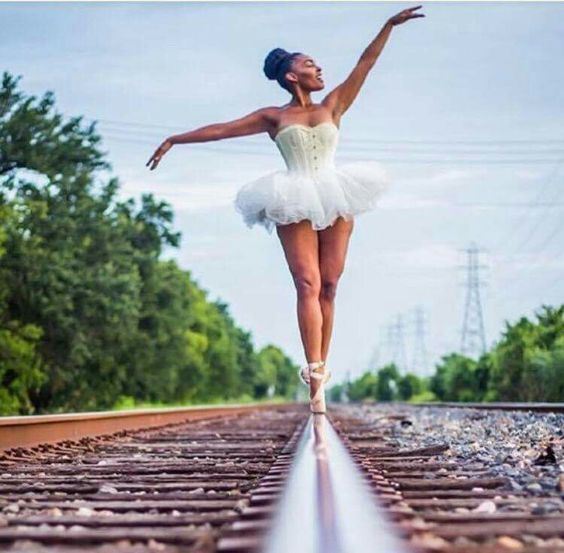
Lines.
Lines in dance – most notably in ballet and modern – are the silhouettes, shapes, and figures a dancer creates, or “draws,” with their bodies. From head to toe, everything forms a shape.
Lines in dance also reflect how the dancer uses the space around them. In simpler terms, it is a dancer “taking up space,” using their entire body to form a complete shape with their silhouette. These lines, or shapes, create the story. To simplify it even further, no place on a dancer’s body goes unused when they are dancing, and this should be reflected in the photographs.
It’s like the dancer is reaching to heaven with their bodies, and that energy they exude reflects that.
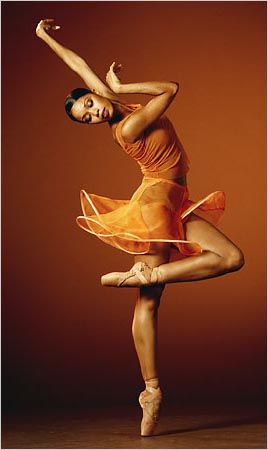
Note: Every genre has its own particular lines – or shapes – that compliment the dance style. In hip hop, you have more bent knees, flexed feet, and slouched shoulders . In ballet, you have the literal opposite. Keep this in mind when researching dance styles and cultivating ideas for your next collaboration with a dancer. When you do that, you’re able to create your own lines and ideas for the photographs that are both authentic, representative of the genre, and artistically interesting.
Symmetry and Balance.
Dancers are the masters of balance. Continuously going from one foot to the other, left to right, up and down. What these dualities form is symmetry. The feeling that every move is complete. A photograph is a frame, a moment in time that stops. And in stopping, we must see a bit of that symmetry and even the “transition.” Where are they landing, where are they leaning, and where are they going? Dancing isn’t just one frame, so when you capture the dance, you want to capture it mid-motion.
And dancers never fall unless it’s on purpose, so that “center,” that core of the dancer keeping them in tact should always be engaged. Their core and center of balance should always be strong, and always reinforced when you notice the photos begin to lose presence or excitement.
Keep injuries in mind.
Always ensure your dancer is warmed up before you allow them to begin dancing. This helps to avoid injuries. Even more, you must always ask if your dancer has any prior injuries and assess their full range of motion, because as the photographer, you must know their limits and not go past them. I.e. if they cannot do the split, do not force or pressure them into one.
Music and vibes.
Play music. Music and dance are life partners. Find out what your dancer likes, what you like, and something that they can actually dance to. You’ll catch many shots in between when they’re just dancing and enjoying themselves.
So another thing, pose them after they’ve had time to vibe to the music. It loosens up your subject, and you understand their comfort level of certain moves. Hopefully, you’ve discussed some poses beforehand, but letting them feel the music adds a layer of spontaneity into the shots that you wouldn’t have gotten otherwise. And it’s just fun.
Some technical things, as a photographer.
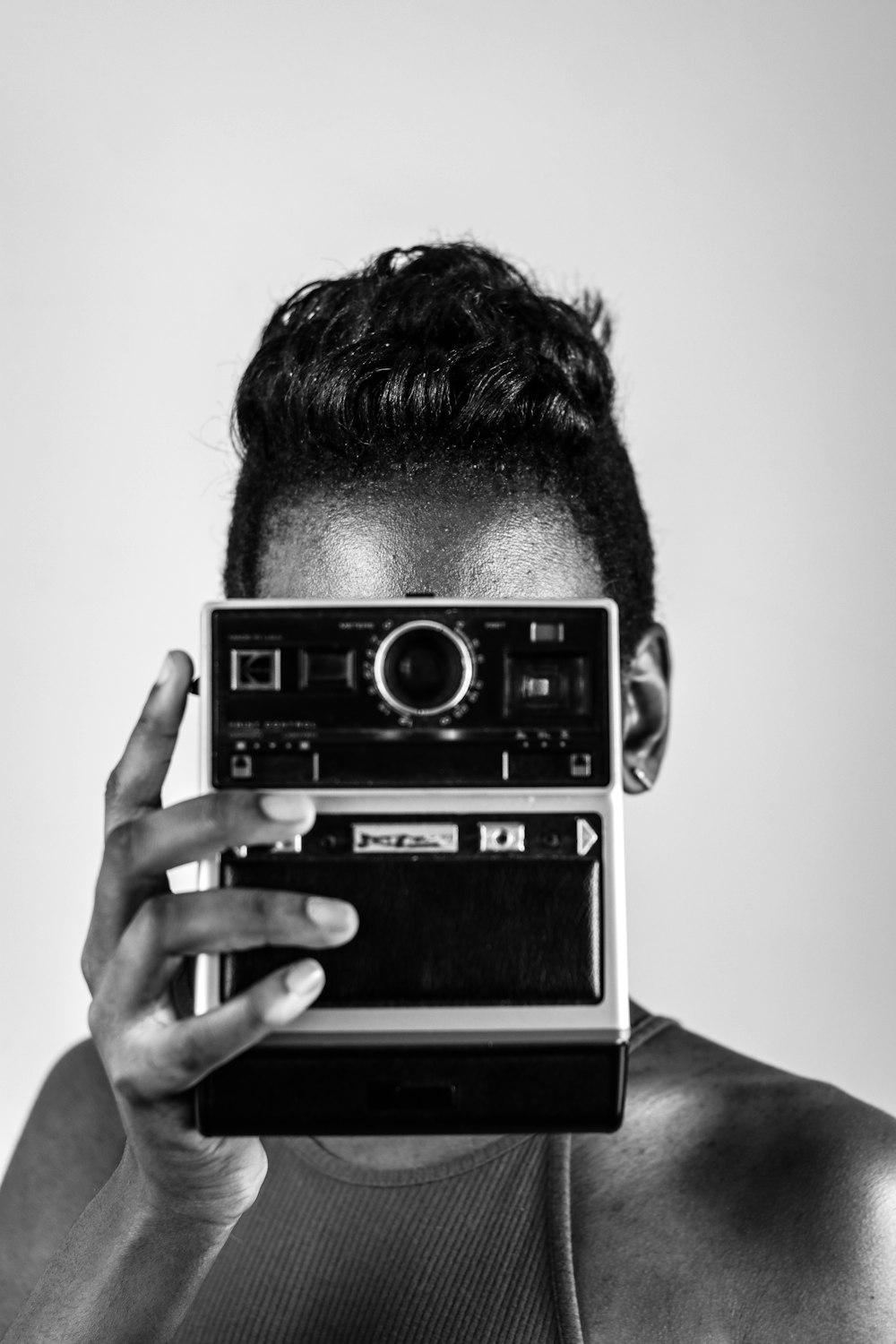
Shutter Speed
Because they’re dancing when you’re photographing, you need to have the shutter speed to at least 1/200. Most photographers understand this, but when you’re shooting moving subjects – like in sports for example – you want to get the shot as quickly as possible. The higher the shutter speed, the faster the speed in which the photo is taken. I found 1/200 to be the sweet spot for dancers, so you won’t get any blurry spots while they’re moving. You are essentially catching them mid-motion. With such a fast shutter speed, always make sure you have adequate lighting for your dancer.
Lighting
When it comes to shooting a dancer and capturing their aesthetic, it almost always makes sense to use an overhead light. Have you ever seen gym photos, and wonder why they seem to look more toned and defined in the gym? Overhead lighting. This type of lighting accentuates the definition of the body and its technical prowess, a dancer’s greatest asset.
When outside, you will want to get a diffuser to soften the light of the sun, as it can be quite harsh on the skin and overexpose at times. And if you are going to be outside, I recommend going at sunrise or sunset – or on a semi-cloudy day – for the best natural lighting if you don’t have a diffuser.
Tip for the road.
Know exactly what the intention of your shoot is, especially if it’s more of an artistic dance shoot than headshot-based. In my last post, I discussed some of the tips you can use to create an overall aesthetic, and that goes in tandem with this post for establishing goals and intentions for your shoot. Combine this dancer aesthetic knowledge with that, and you can push the boundaries on how you would like to portray dancers in a creative way.
Cover art: Dancer, Fana Tesfagiorgis, Alvin Ailey American Dance Theater. Originally Published on The Guardian.

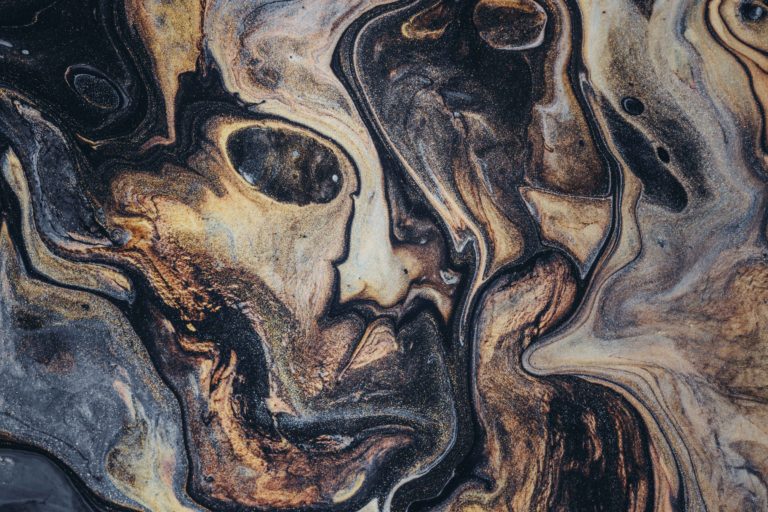
Comments (2)
Thomas Clarke
February 21, 2023 at 2:24 pm
Very thoughtful article. Thanks for the insight. I particularly appreciated the contrast between models and dancers.
Zakiya Moore
February 21, 2023 at 2:32 pm
Thank you so much for your comment! So glad you enjoyed it. 🙂